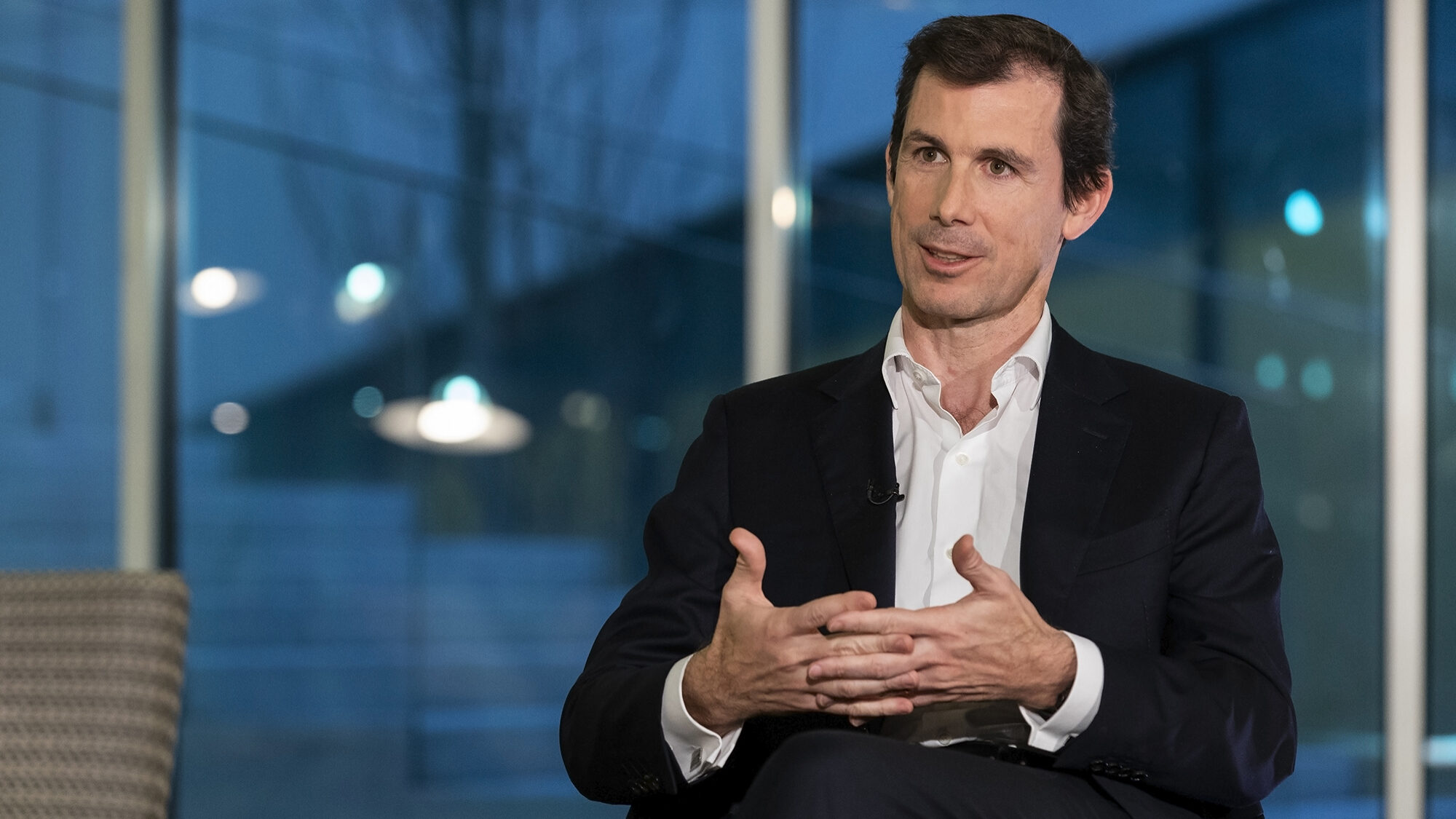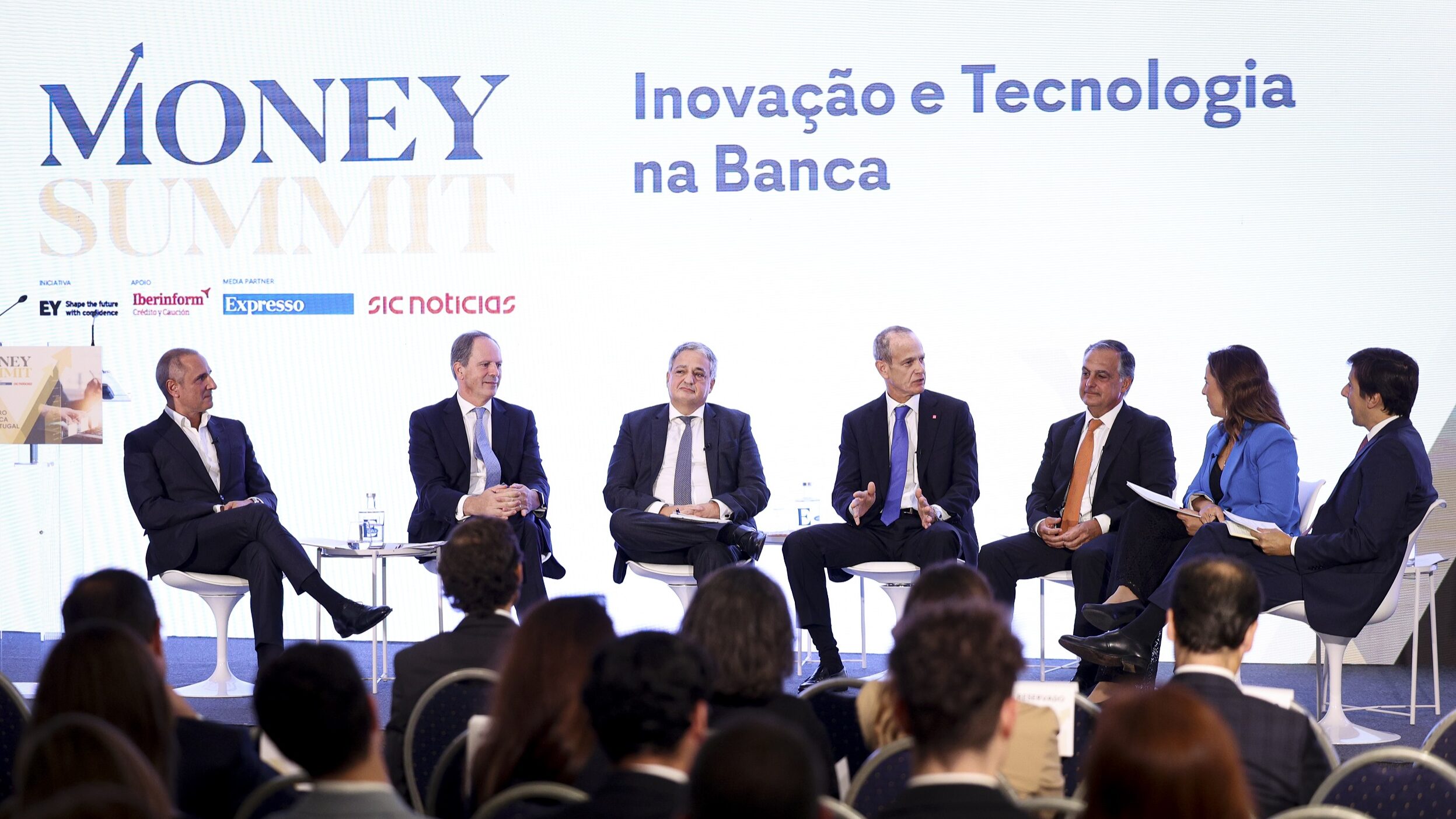EDP bets on the US and data centres
The Portuguese electricity company says that uncertainty no longer looms over the United States, and that both this market and data centres are expected to absorb much of its energy.
This summer, the “dark clouds” that threatened EDP’s activity in the United States dissipated. With greater visibility on what the company can expect in terms of fiscal policy, the Portuguese electricity company wants to move full steam ahead with new investments on the other side of the Atlantic. There, but increasingly also in the rest of the world, there is another major attraction: the emergence of data centres, which add demand and create new opportunities that EDP intends to pursue.
The first half of this year was one of “great turbulence” with regard to the outlook in the US, acknowledges the group’s CEO, Miguel Stilwell d’Andrade, when asked about the “dark clouds” hanging over the company in that country. The uncertainty stemmed from not knowing what future Donald Trump’s administration, which opposes renewable energy, would give to the tax credits and support that had been introduced.
However, “it turned out that they remained in place”: the ‘Big, Beautiful Bill’ — the legislation that clarifies Trump’s options in this area — brought clarity (and “good news”) about the subsidies for the period up to 2030. “We are talking about great stability for the next five to six years”, predicts Miguel Stilwell d’Andrade. With regard to the threat of tariffs, which has frightened many companies operating in that territory, EDP says it is protected because its supply chain is concentrated in the country.
The United States will receive the largest share of the €12 billion investment that EDP has planned for the period between 2026 and 2028, more precisely 35% (€4.2 billion). Next is the Iberian Peninsula, to which the electricity company reserves 30%, corresponding to €3.6 billion – with Portugal receiving €2.5 billion. Third on the “podium” of the electricity company’s investment destinations is Brazil, which receives 10% of the total.
Investments are distributed almost equally between networks (45%) and the ‘Renewables and customer and energy management’ category (55%). Offshore wind energy seems to be the biggest constraint: “The keyword here is discipline. We will not attempt huge growth. We will focus on completing existing projects and be very disciplined about new ones.”
In presenting EDP’s strategic plan to analysts, the administrator responsible for the company’s finances, Rui Teixeira, said that the electricity company had been risk-averse over the last 12 months, given the uncertainties already mentioned, and had therefore refrained from signing long-term contracts.
Now, it is “starting over” and sees good prospects in renegotiating end-of-life contracts in a context of rising electricity prices. While EDP’s bets are closed for 2025, 2026 and most of 2027, 2028 is still open.
When confronted with the possibility that the investment plan might be conservative, CEO Miguel Stilwell d’Andrade rejected it. “We consider 5 gigawatts [of expansion in renewable capacity] to be a very healthy figure. As we close additional projects, we can scale up”, he said. The idea is “not to be pressured to move forward with megawatts and sacrifice returns or, to get returns, end up sacrificing megawatts”.
Data centres, technology companies and utilities
“The Googles and Amazons are calling us”, revealed the leader of the Portuguese group. And he guarantees: the technology companies “have our direct contact details” and “know who we are”.
The aim of the call is to purchase electricity from EDP to power data centres. “It’s a great market to be in, we’re going to take advantage of it step by step”, predicts Miguel Stilwell d’Andrade, who said he is seeing growing demand from the ‘big tech’, with which the company has already contracted to supply more than three gigawatts of energy.
However, it is not only these companies that are ‘calling’ EDP because they need to supply their data centres. The utilities themselves, companies that sell energy in the United States, are also interested in contracting. The electricity company has already contracted 6 gigawatts with them.
In total, the company expects installed capacity in terms of data centres in the United States and Europe to double by 2030.
On this side of the Atlantic, EDP also expects development in this field to be interesting. “Europe lags behind the US in terms of data centres, but we are seeing movement”, although not on the same scale and at the same speed as the US market. In Stilwell d’Andrade’s view, the Old Continent has “already realised” that it needs to scale up its capacity in order to store its data in Europe.




